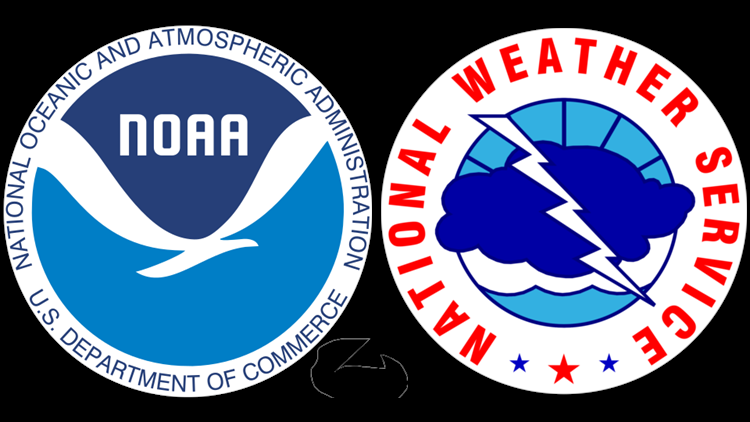BUFFALO, N.Y. — In a bulletin released Thursday, the National Weather Service announced that they will be removing some traditional terminology from their collection of weather alerts and, in their place, send out "plain language headlines." This is in an effort to clarify, simplify and mitigate past confusion related to, primarily, public understanding related to the issuance of weather "Advisories."
According to internal research conducted over the past few years, evidence found significant confusion surrounding the word 'advisory' stating, "(the) term itself is misunderstood and its meaning is often conflated with that of 'watch'." This confusion lead to the misrepresentation of forecasts and resulted in overpreparation by communities for incoming weather that was not meant to be taken as severe as it was perceived.
This is a major change in the National Weather Service's hazard communication, and most significant since their updated flood alerts in spring of 2020. But this time around, any changes announced Thursday will not take until after 2024.
So instead of using a weather headline with the word 'Advisory', a local National Weather Service office will issue a similar weather alert, just without the title. In it's place, a statement describing what the weather threat is.
As one National Weather Service employee put it on Twitter, "instead of 'Winter Wx (Weather) Advy (Advisory)' it may read 'two inches of snow to affect morning commute.'"
Two exceptions to this rule will be made for Tsunami and Small Craft Advisories as they warn of life threatening conditions. Both will receive new alert titles instead.
Other changes include the discontinuation of their "Special Weather Statements." The current format of those statements are similar to new format of what the "advisory plain language" statements will be. This change is also geared towards building simplicity and continuity of weather alerts.
The National Weather Service plans on holding public forums throughout 2021 to gather more information on how to best approach the development of these "plain language headlines." For more information and to read the bulletin announcing these changes, click here.



